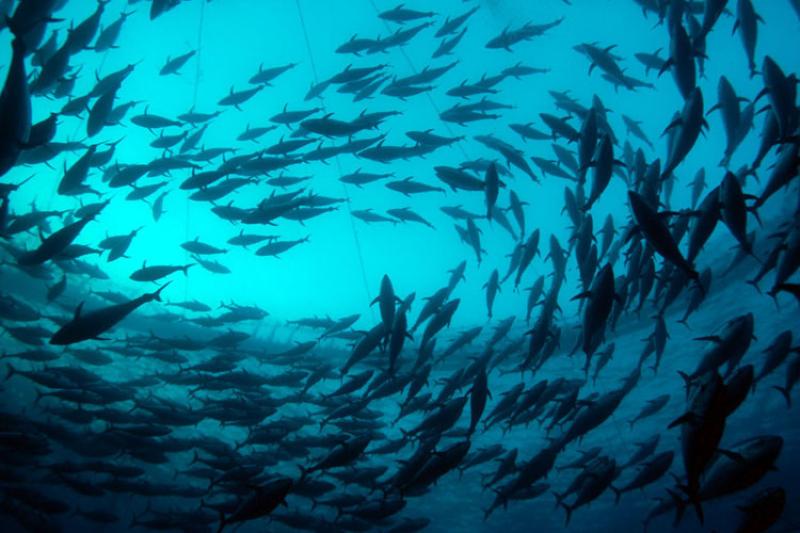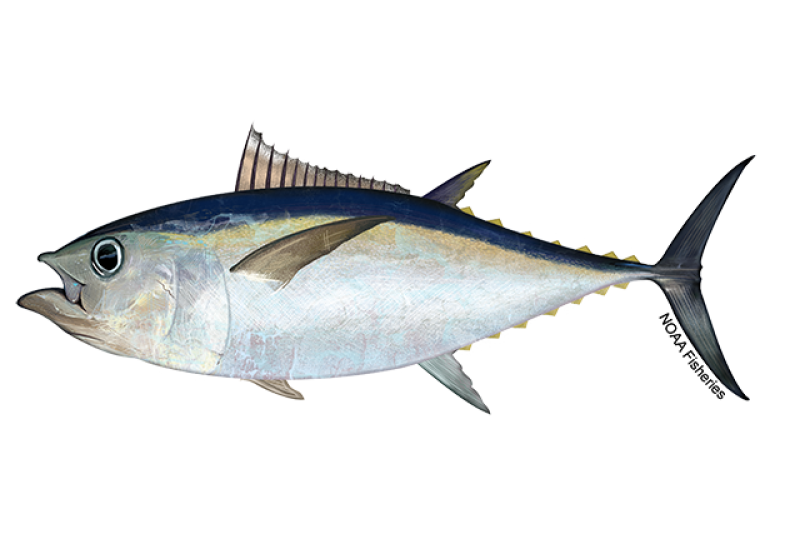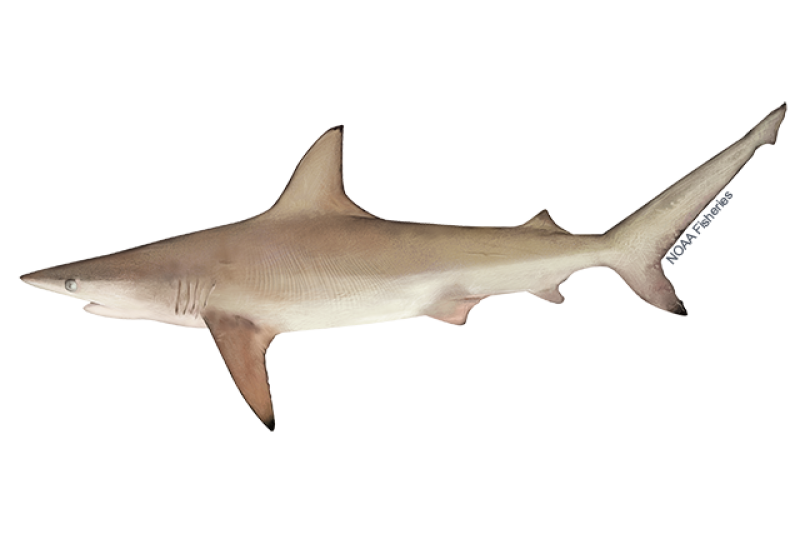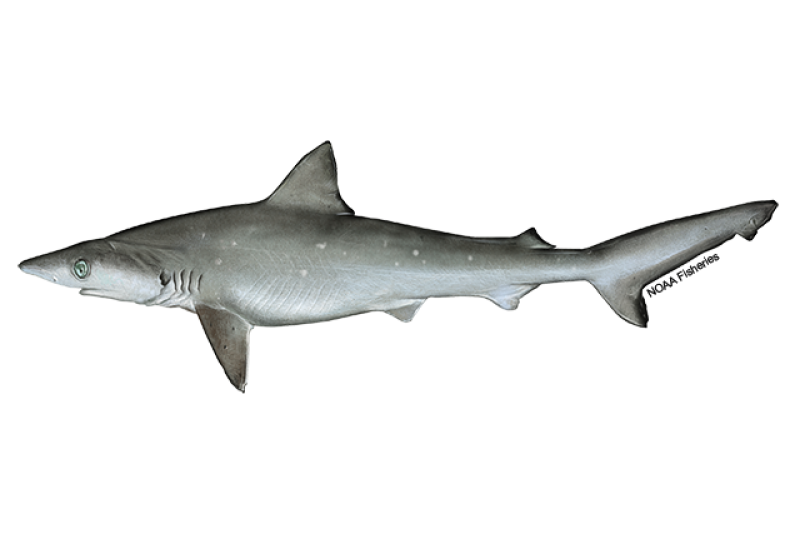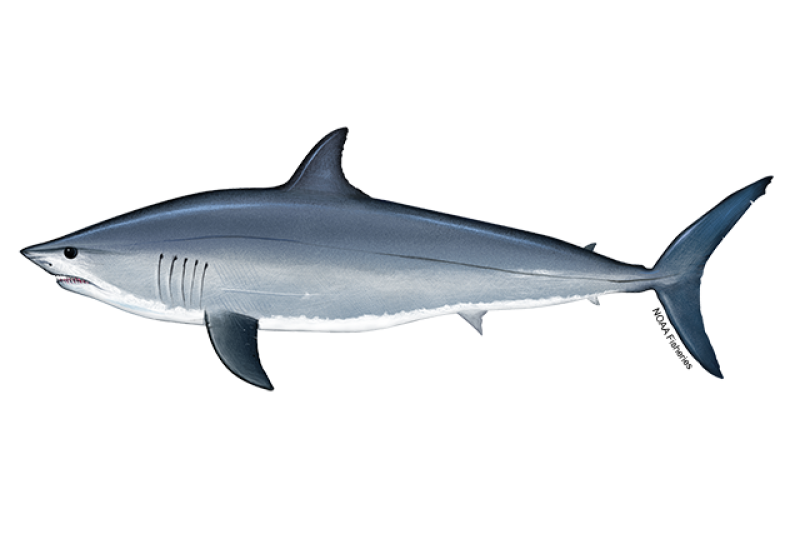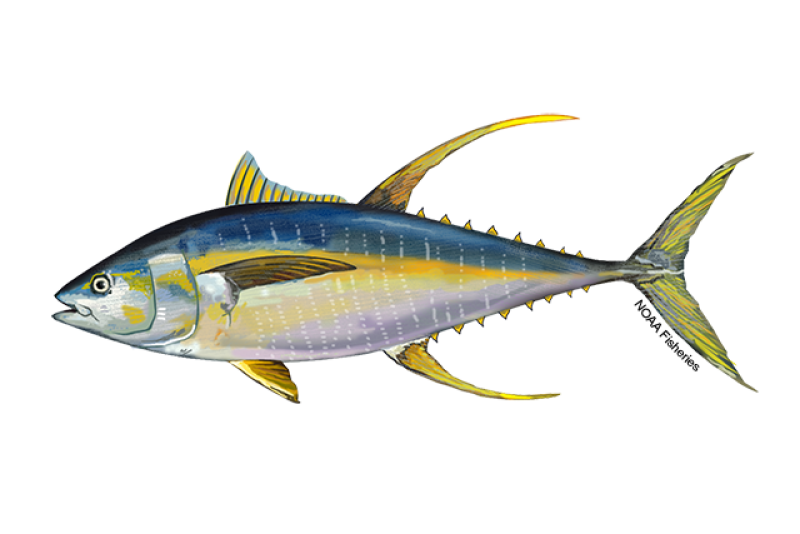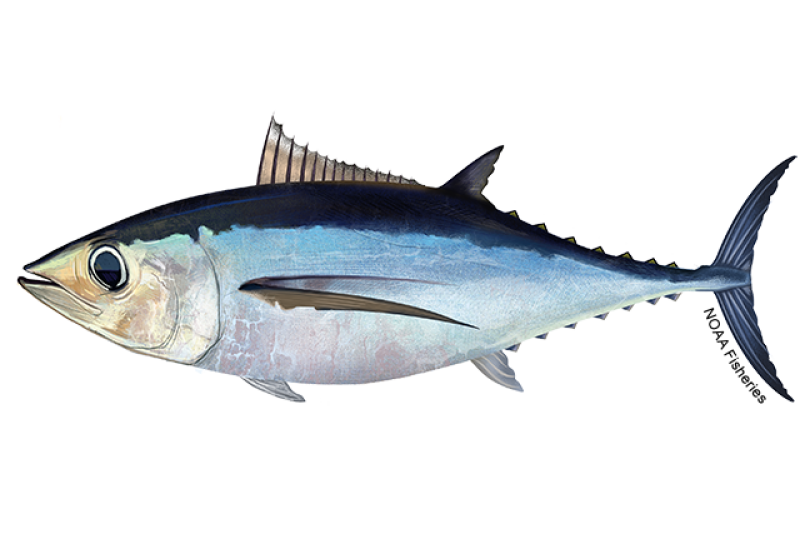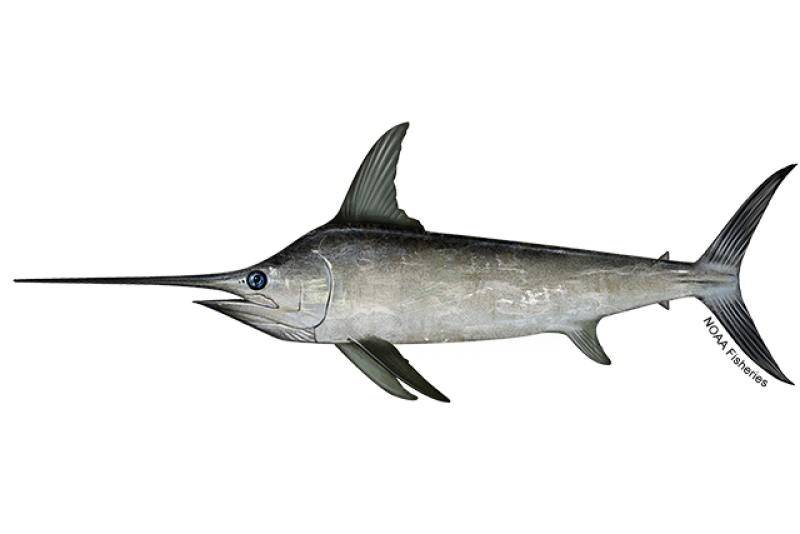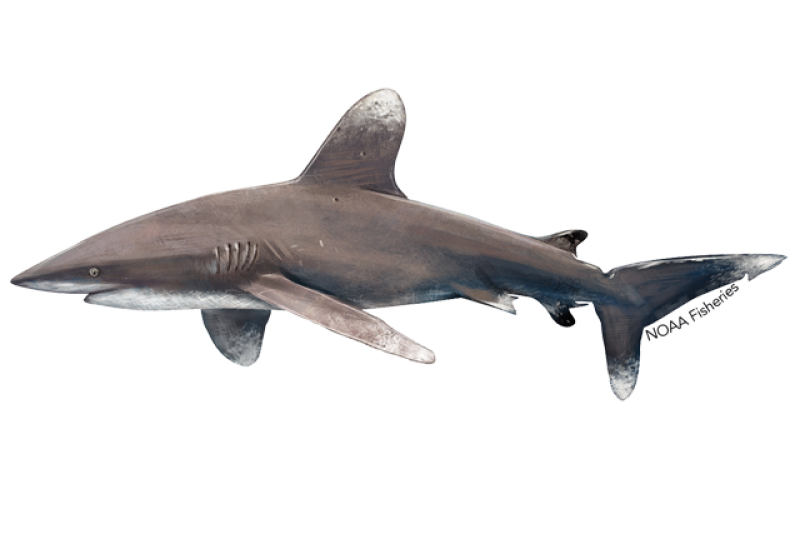Highly migratory fish travel long distances and often cross domestic and international boundaries. These pelagic species live in the water of the open ocean, although they may spend part of their life cycle in nearshore waters. Highly migratory species managed by NOAA Fisheries include tunas, some sharks, swordfish, billfish, and other highly sought-after fish such as Pacific mahi mahi.
These highly migratory species are targeted by U.S. commercial and recreational fishermen and by foreign fishing fleets. Because they migrate long distances and live primarily in the open ocean, only a small fraction of the total harvest of these species is taken within U.S. waters.
In the United States, NOAA Fisheries sustainably manages highly migratory species under the Magnuson-Stevens Act in both the Atlantic and Pacific oceans:
- Atlantic Highly Migratory Species (including the Gulf of Mexico and Caribbean)
- West Coast Highly Migratory Species
Responsible management also requires international cooperation through a number of agreements and regional fishery management organizations (or RFMOs) including the Inter-American Tropical Tuna Commission, International Commission for the Conservation of Atlantic Tuna, Commission on the Conservation and Management of Highly Migratory Fish Stocks in the Western and Central Pacific Ocean, and Convention on International Trade in Endangered Species of Wild Fauna and Flora.
Species News
 Emily at Tern Lake in Moose Pass, Alaska. Credit: Emily Mailman/NOAA
Emily at Tern Lake in Moose Pass, Alaska. Credit: Emily Mailman/NOAA
 The first sailfish recapture of the season on the charter boat, Relentless. Credit: Captain Paul Ross.
The first sailfish recapture of the season on the charter boat, Relentless. Credit: Captain Paul Ross.
 Demolition of Copco No. 1 Dam (Credit: Whitney Hassett/Swiftwater Films)
Demolition of Copco No. 1 Dam (Credit: Whitney Hassett/Swiftwater Films)
 Chinook salmon returning to spawn at Finn Rock Reach. (Photo: Tim Giraudier/Beautiful Oregon)
Chinook salmon returning to spawn at Finn Rock Reach. (Photo: Tim Giraudier/Beautiful Oregon)
Multimedia
 River herring migrating up a Cape Cod stream (Photo: Danielle Weissman/NOAA)
River herring migrating up a Cape Cod stream (Photo: Danielle Weissman/NOAA)

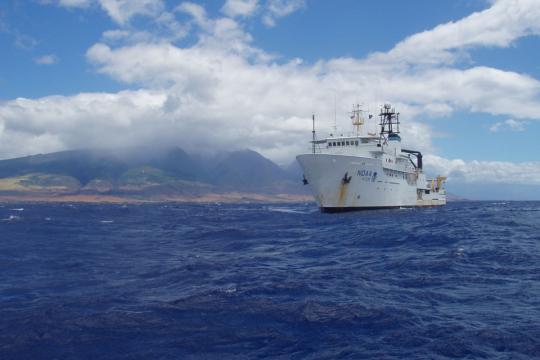 NOAA Ship Oscar Elton Sette off Maui in 2004. Homeported in Honolulu, Hawaii, NOAA Ship Oscar Elton Sette is a multipurpose oceanographic research vessel that conducts fisheries assessments, physical and chemical oceanography research, marine mammal and marine debris surveys. The ship operates throughout the central and western Pacific Ocean. Credit: NOAA/Ray Boland.
NOAA Ship Oscar Elton Sette off Maui in 2004. Homeported in Honolulu, Hawaii, NOAA Ship Oscar Elton Sette is a multipurpose oceanographic research vessel that conducts fisheries assessments, physical and chemical oceanography research, marine mammal and marine debris surveys. The ship operates throughout the central and western Pacific Ocean. Credit: NOAA/Ray Boland.
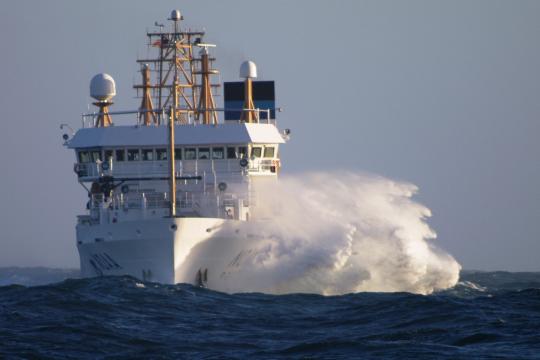 NOAA Ship Bell M. Shimada during 2010 Pacific Hake Inter-Vessel Calibration off Eureka, California. Credit: NOAA
NOAA Ship Bell M. Shimada during 2010 Pacific Hake Inter-Vessel Calibration off Eureka, California. Credit: NOAA
Research
Atlantic Bluefin Tuna Recreational Bag Limits by Permit
Recreational bag limits information for Atlantic Bluefin Tuna.
Atlantic Billfish Recreational Bag Limits
Recreational bag limits information for Atlantic Billfish.
Atlantic Shark Fisheries Management Highlights: A Timeline
Highlights of Atlantic shark fisheries management from the 1976 to 2023.
Oceanic and Coastal Pelagics Branch
Who We Are The Oceanic and Coastal Pelagics Branch is a unit of the Population and Ecosystems Monitoring Division within the Southeast Fisheries Science Center. It was established in 2021 as part of the Southeast Fisheries Science Center’s…
International Collaboration
Fish and other marine animals travel beyond national boundaries.
